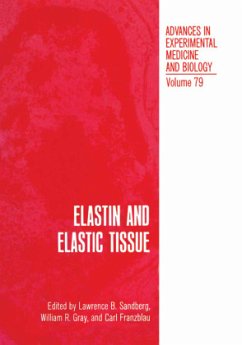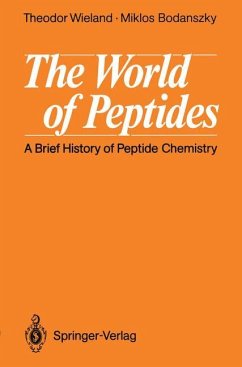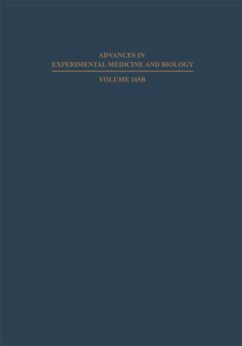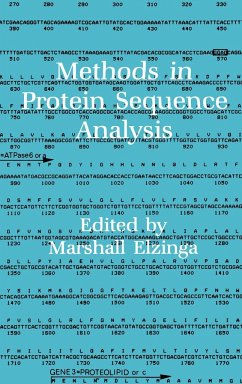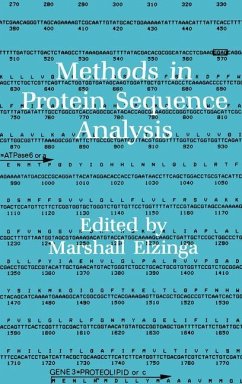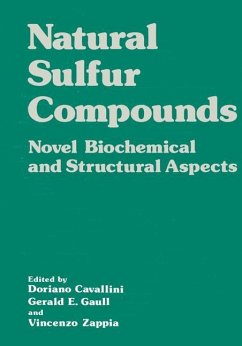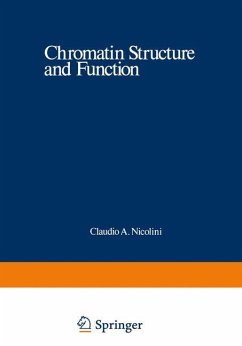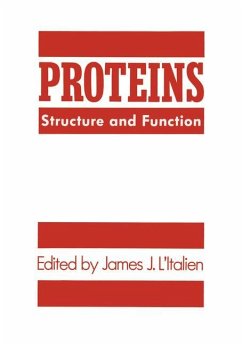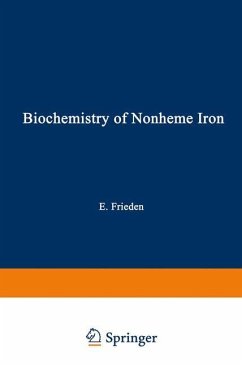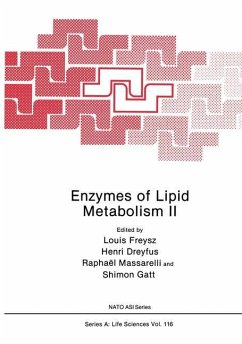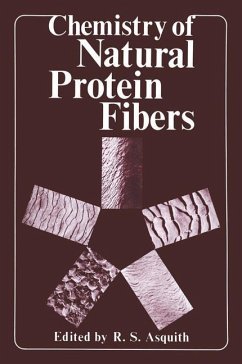
Chemistry of Natural Protein Fibers

PAYBACK Punkte
39 °P sammeln!
This volume arose originally from the complaints of the editor's students, both undergraduate and postgraduate, that there was no modern book on protein fibers which told enough about protein science and chemical tech nologies related to fibers. By and large this is probably a reasonable cri de coeur. The undergraduate on a technological course, lacking information on the basic scientific techniques used to carry out the research on which his fiber technology is based, can find it difficult to obtain this information. The pure science undergraduate often lacks knowledge of the application of t...
This volume arose originally from the complaints of the editor's students, both undergraduate and postgraduate, that there was no modern book on protein fibers which told enough about protein science and chemical tech nologies related to fibers. By and large this is probably a reasonable cri de coeur. The undergraduate on a technological course, lacking information on the basic scientific techniques used to carry out the research on which his fiber technology is based, can find it difficult to obtain this information. The pure science undergraduate often lacks knowledge of the application of these techniques in protein fiber technology. The young graduates, com mencing research related to some aspect of protein fibers, are drawn from a wide range of scientific disciplines, having been trained as biochemists, chemists, physicists, technologists, and histologists, to name but a few. Generally these new research workers pass through a preliminary "lost" period in which they have to evaluate their background in relation to the wide and differing fields of research in protein fiber science to which they are now exposed. As time goes on they then either develop a wide knowledge covering science and technology or remain in a specific part of their original discipline, with a narrow knowledge of its application in the field of the research degree they are taking.





